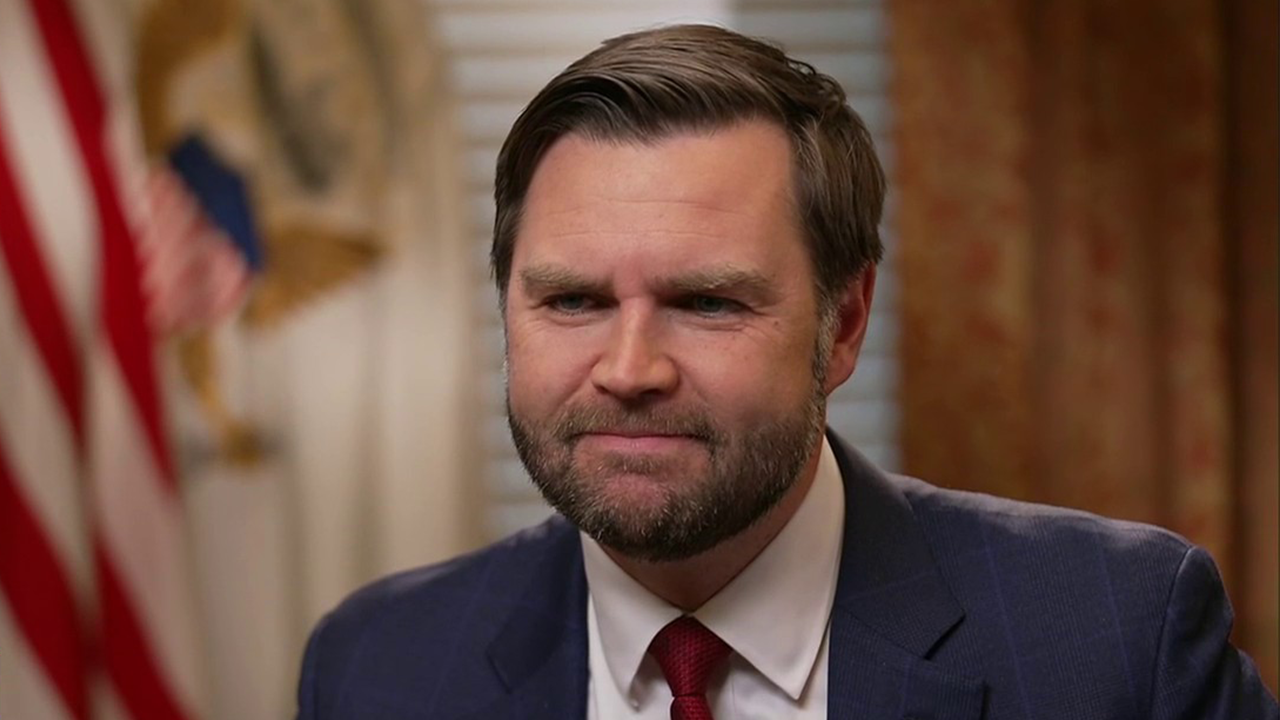Health and Human Services Secretary Robert F. Kennedy Jr. had asked the Obama administration to examine an audio clip that purportedly captured his father’s 1968 assassination and seemingly recorded the pops of more gunshots than the convicted assassin’s weapon had the capacity for.
The current Trump administration official’s September 2012 letter to former Attorney General Eric Holder was part of thousands of documents released by the National Archives Wednesday related to the federal investigation into Robert F. Kennedy’s assassination at the Ambassador Hotel in Los Angeles.
Kennedy Jr.’s request for “a new investigation” of the killing included a letter for Paul Schrade, the former vice president of the United Auto Workers, who was injured during the June 6, 1968, shooting.
“He was standing beside my father when Daddy was killed and Paul was himself wounded by a bullet,” the son of the late New York senator and US attorney general wrote in his letter to Holder.
“Paul and his team of nationally prominent attorneys including former U.S. Attorney Rob Bonner strongly believe this new evidence is conclusive and requires a new investigation. I agree and support his request for a new investigation,” RFK Jr., continued.
Additional records released Wednesday show that RFK Jr.’s request was passed along to the FBI’s Los Angeles Field Office, which initiated an investigation of the audio tape, recorded by a journalist at the site of the assassination.
Schrade argued that tape shows “two gunmen fired at least 13 shots from two different .22 caliber revolvers and from opposing directions.”
Sirhan Sirhan, the convicted assassin, used an eight-shot .22 caliber Ivar Johnson revolver to carry out the deed and was unable to reload during the incident, according to Schrade.
The FBI’s Digital Evidence Laboratory in Quantico, Va., eventually got ahold of the tape for analysis, but could not determine the number of gunshots on the recording.
“The designated area recorded on specimen Q1 was of insufficient quality to definitively classify the impulse events as gunshots,” read the May 13, 2013, FBI analysis report.
The report added that investigators could not “confirm the number of gunshots or determine the identification of specific weapon(s)” based on what they heard on the tape.
The trove of files were released as part of Trump’s Jan. 23 executive order pertaining to the declassification of files related to Kennedy’s murder, as well as documents about the 1963 assassination of President John F. Kennedy and the 1968 killing of Martin Luther King Jr.














